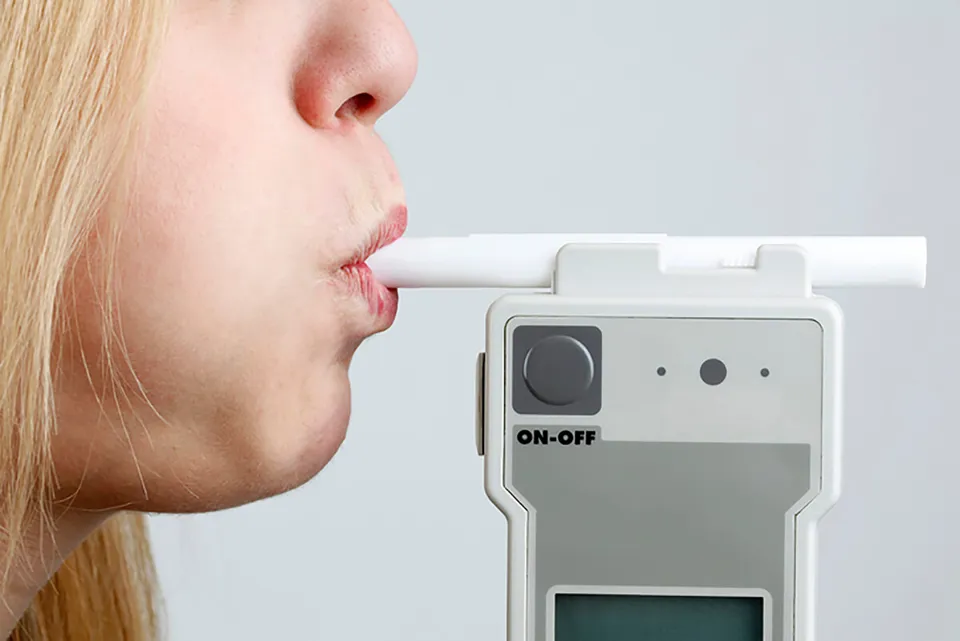‘Morning after’ drink driving is on the increase with more motorists putting themselves and other road users at risk.
Research from LV= car insurance reveals that since 2012 one in 30 (3% or 1.2 million) motorists have driven while still over the legal alcohol limit the ‘morning after’ and in many cases these drivers did not realise.
The news comes as the Government announces its latest Christmas drink drive campaign.
In the run up to Christmas, drink driving arrests peak across the UK. According to official police data, obtained by a Freedom of Information request from LV= car insurance, the number of motorists caught drink-driving has fallen but the authorities are finding more people driving while over the legal alcohol limit in the morning. Police arrested 4% more drink drivers between the hours of 6am and 8am in 2012 than in 2011.
Research among motorists shows that men are more likely than women to be over the limit when they drive the morning after a night drinking (78% and 22% respectively). This is because men will consume a greater number of alcohol units on a night out and are more likely to use their car the morning after. On average, morning after drivers consume 19 units of alcohol (e.g. seven pints of strong lager or six 250ml glasses of wine) and then drive their car just 10 hours after having their first drink – meaning that they are five hours away from being sober enough to drive legally.
This upward trend is being exacerbated by a lack of awareness among drivers about how long it takes alcohol to leave their system. When asked how long it would take someone who has had two strong pints of lager (e.g. Stella Artois, 5%+ ABV) or six units of alcohol, to process the alcohol and be under the drink drive limit, close to a half (46%) underestimated the time or had no idea how long it would take.
The law states that a driver can have a maximum of 80mg of alcohol per 100ml of blood, 35mg per 100ml of breath or 107mg per 100ml of urine. This equates to approximately four units for an average man and two to three units for an average woman and if a person has more than this in their system, they would be over the legal limit to drive. According to the official guidelines, it takes about an hour for the body to break down one unit of alcohol, however alcohol tolerance depends on a number of factors including the person’s age, weight, gender and metabolism.
Among all those drivers who knew they were over the drink drive limit in the morning, one in five (19%) said they believed they were okay to drive at the time, that driving was unavoidable (37%) or it was just a short distance (26%). Close to one in 10 (7%) thought it was acceptable as they weren’t driving on a motorway and one in eight (13%) said they were only a little over the limit so it didn’t matter.
During the month of December, drink driving peaks across the UK, with 10% of incidents occurring. So far in 2013, the drunkest driver was arrested by Bedfordshire Police and had 299mg of alcohol per 100ml of breath – meaning they were more than eight times over the legal limit. LV= is warning drivers to be aware of the time it takes the body to process alcohol and not to drive if they think they may be over the legal alcohol limit.
John O’Roarke, Managing Director of LV= car insurance, said: "It’s easy to assume that after a good night’s sleep you will be sober enough to drive the next day but depending on how many units you’ve had, you may not be fit to drive. The key to enjoying the festive season is to plan ahead and don’t drive if you are not within the legal alcohol limits.”

















Login to comment
Comments
No comments have been made yet.